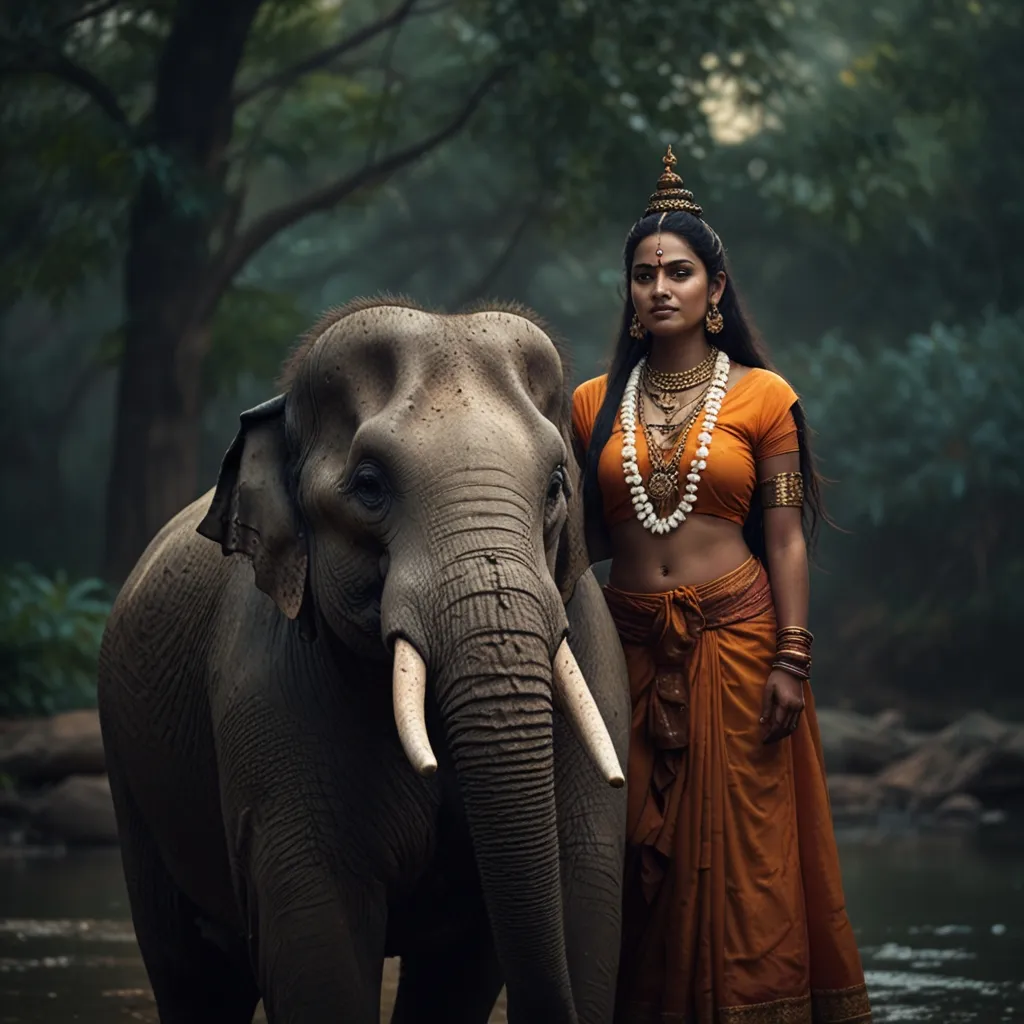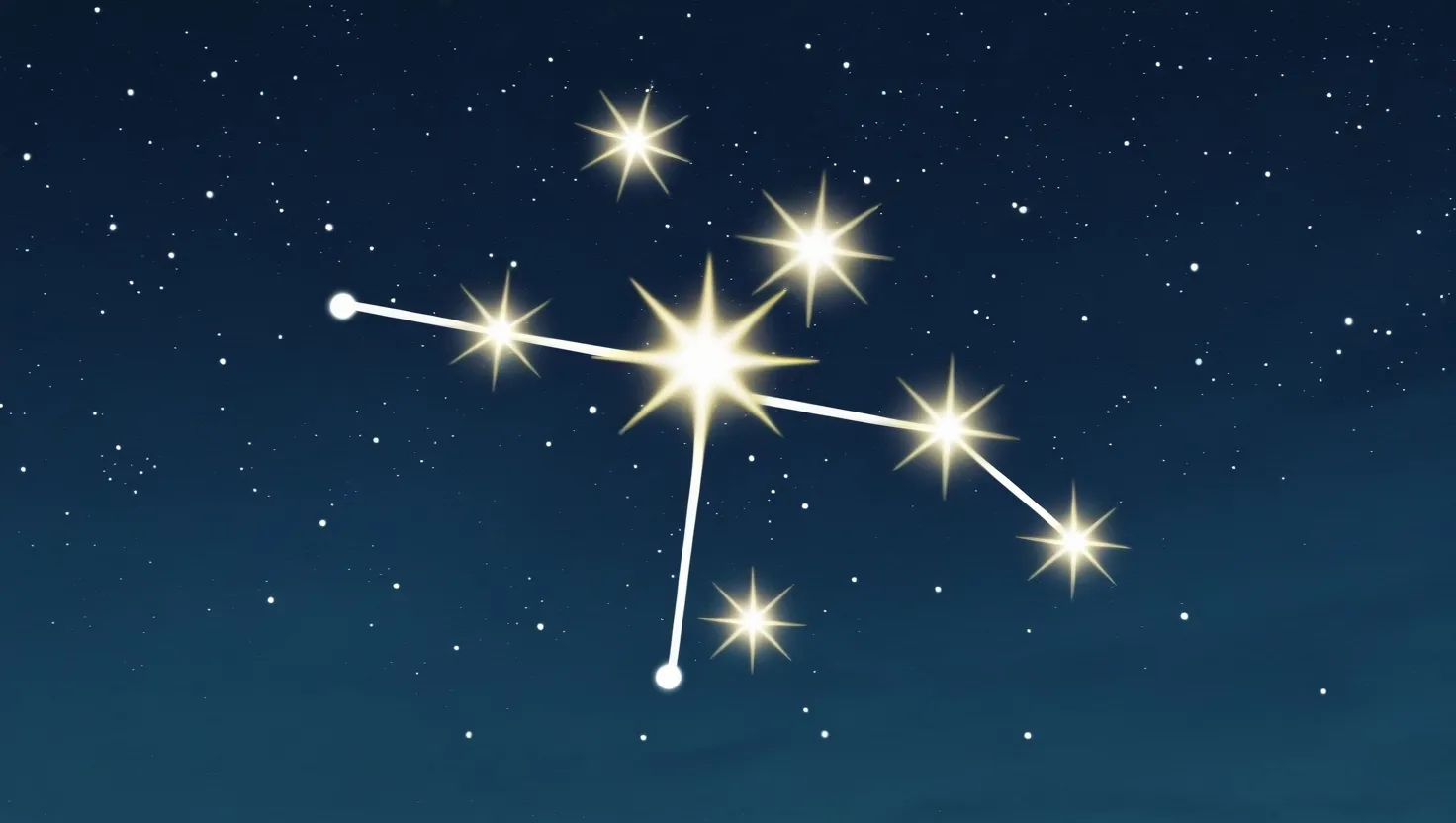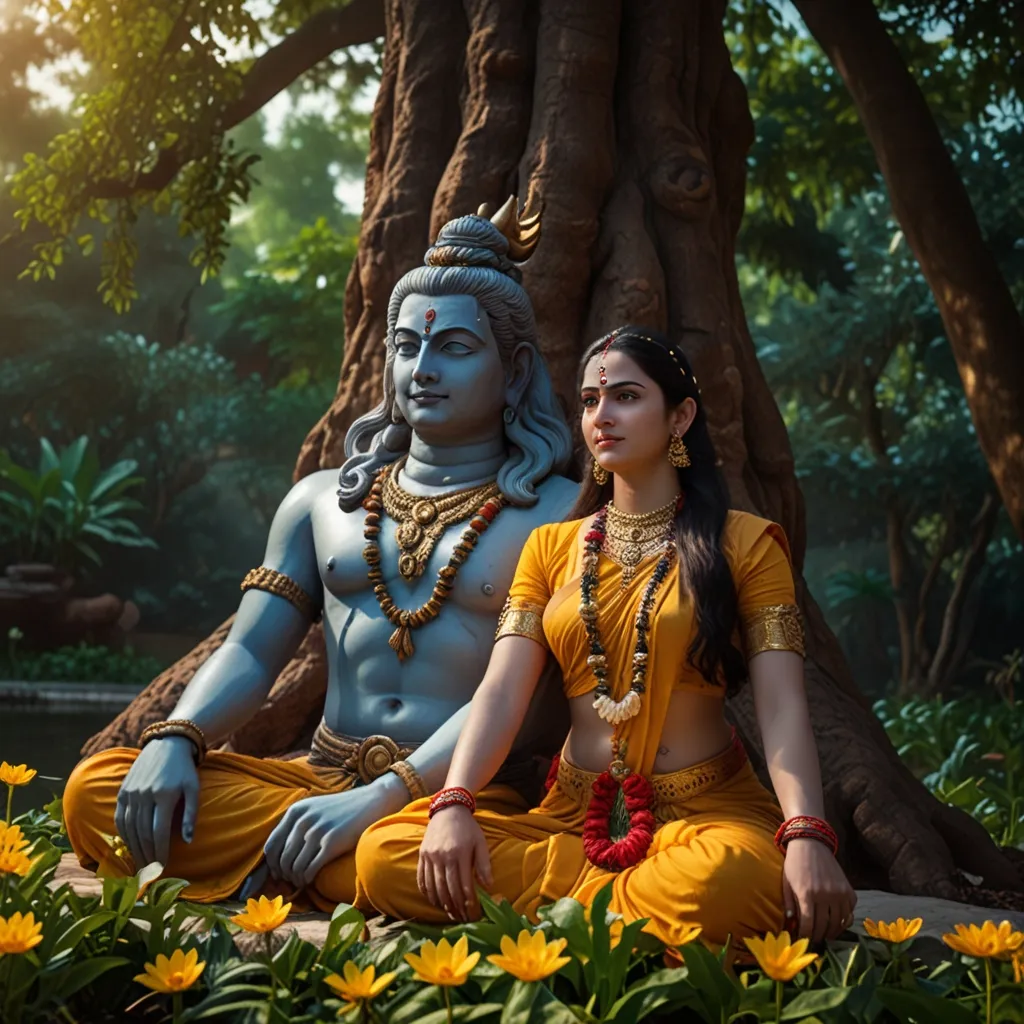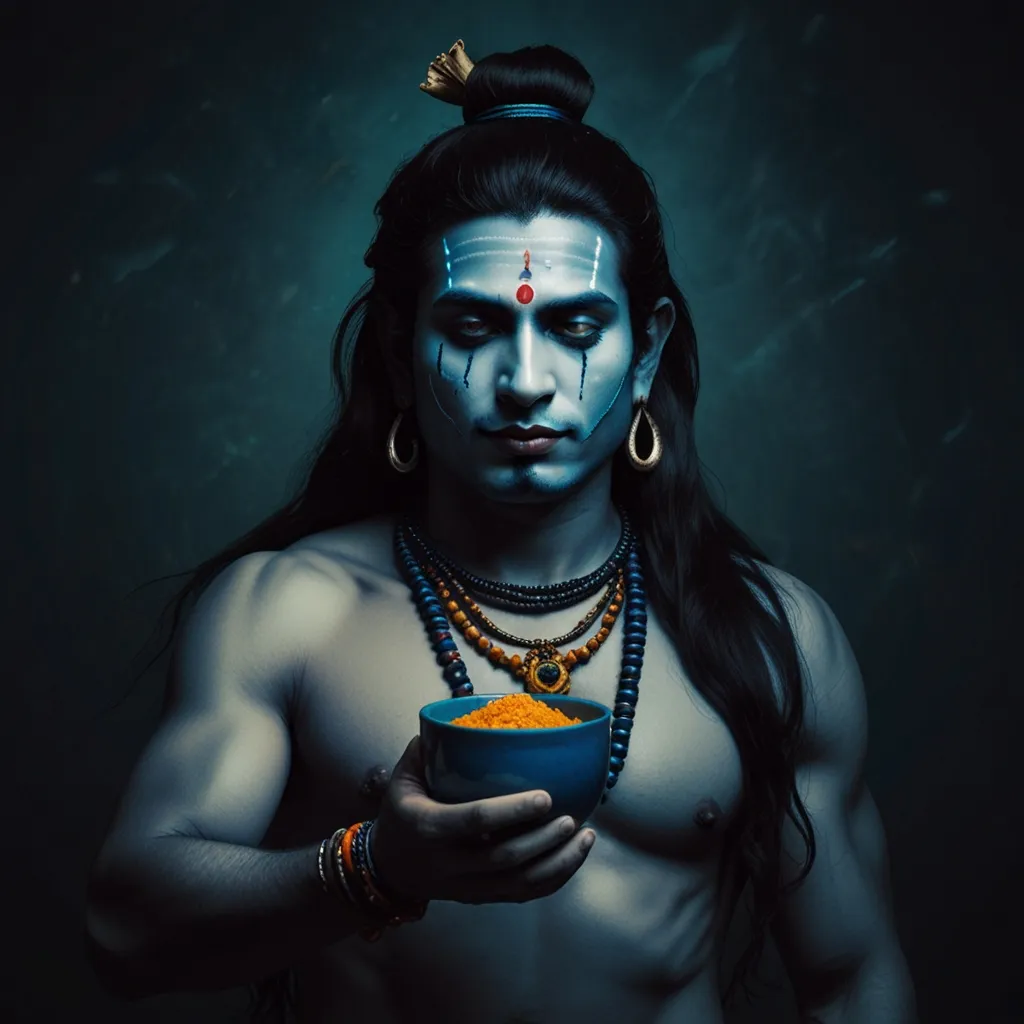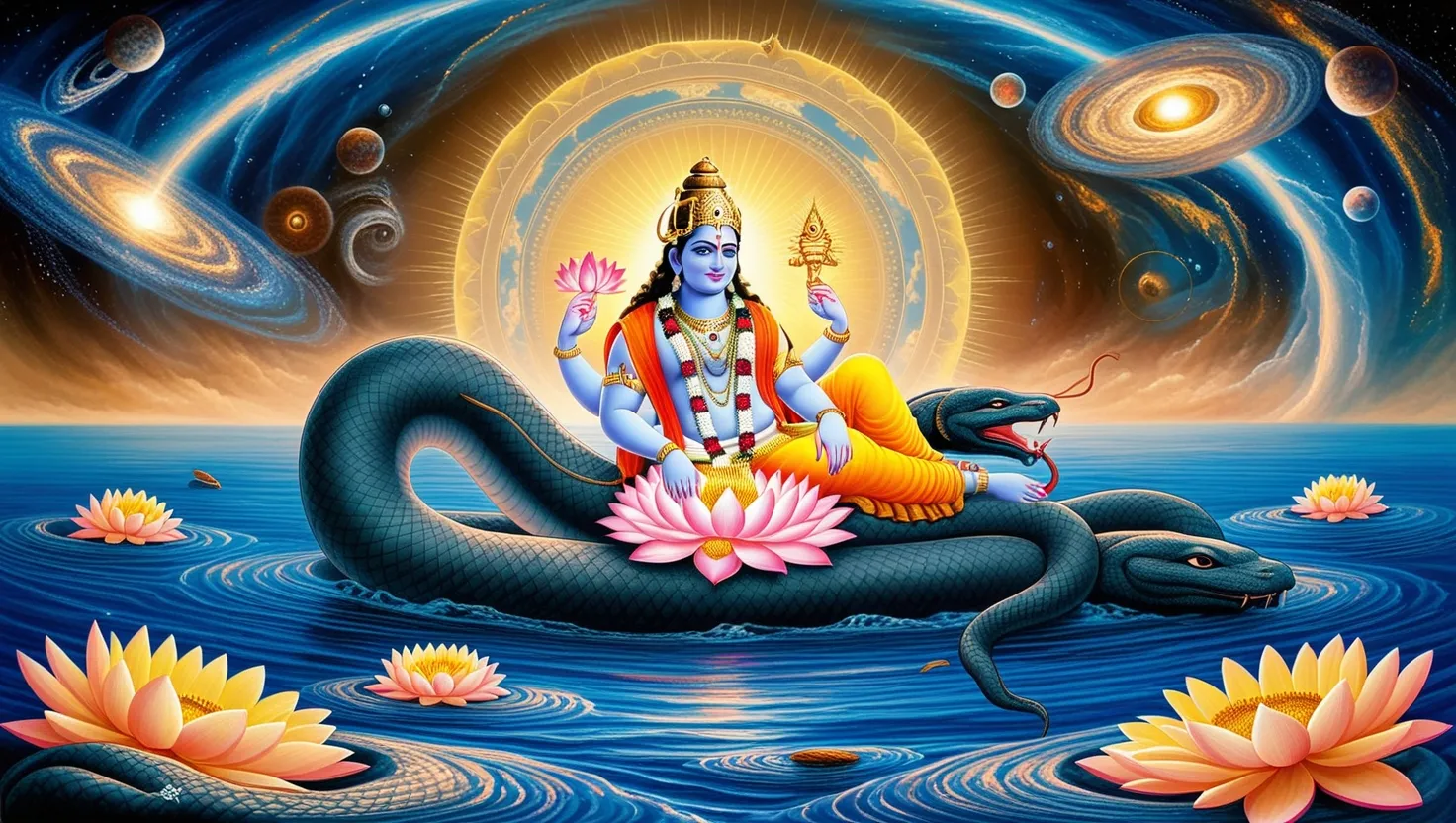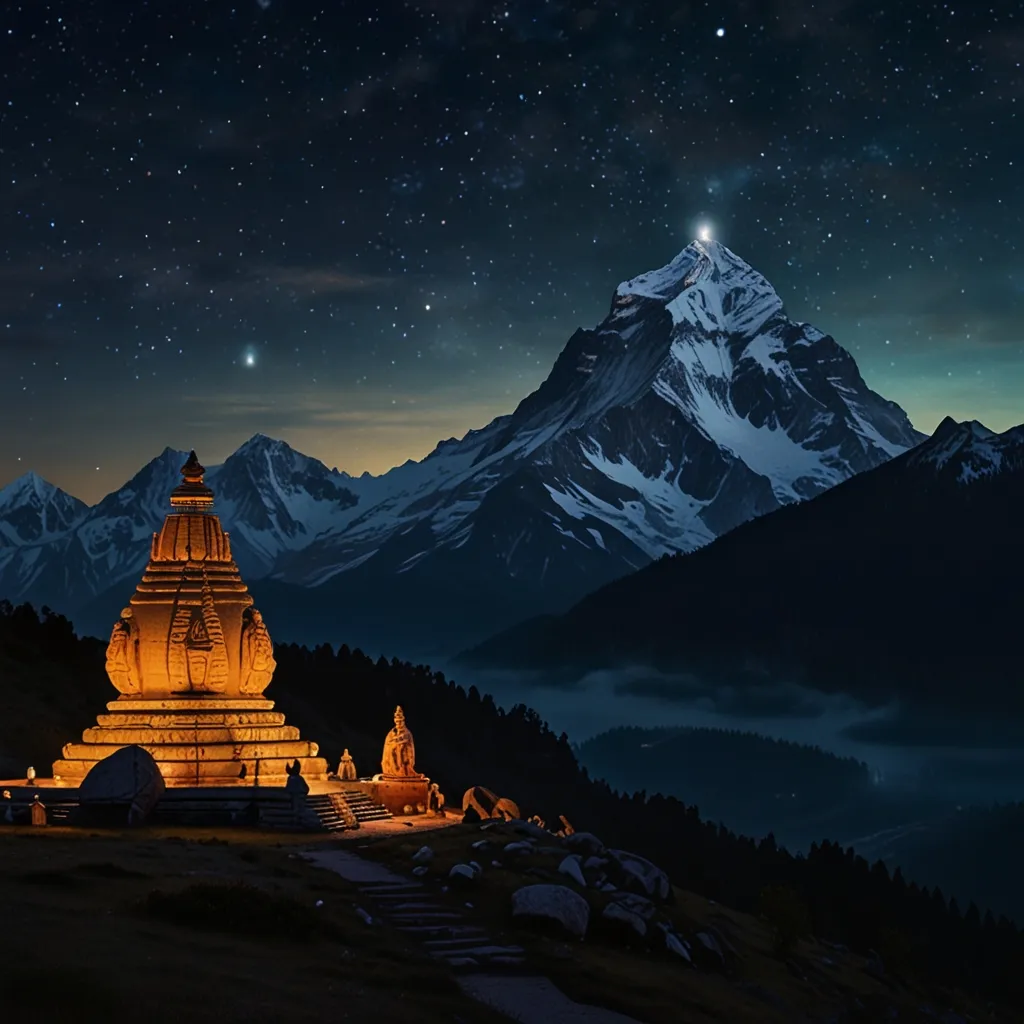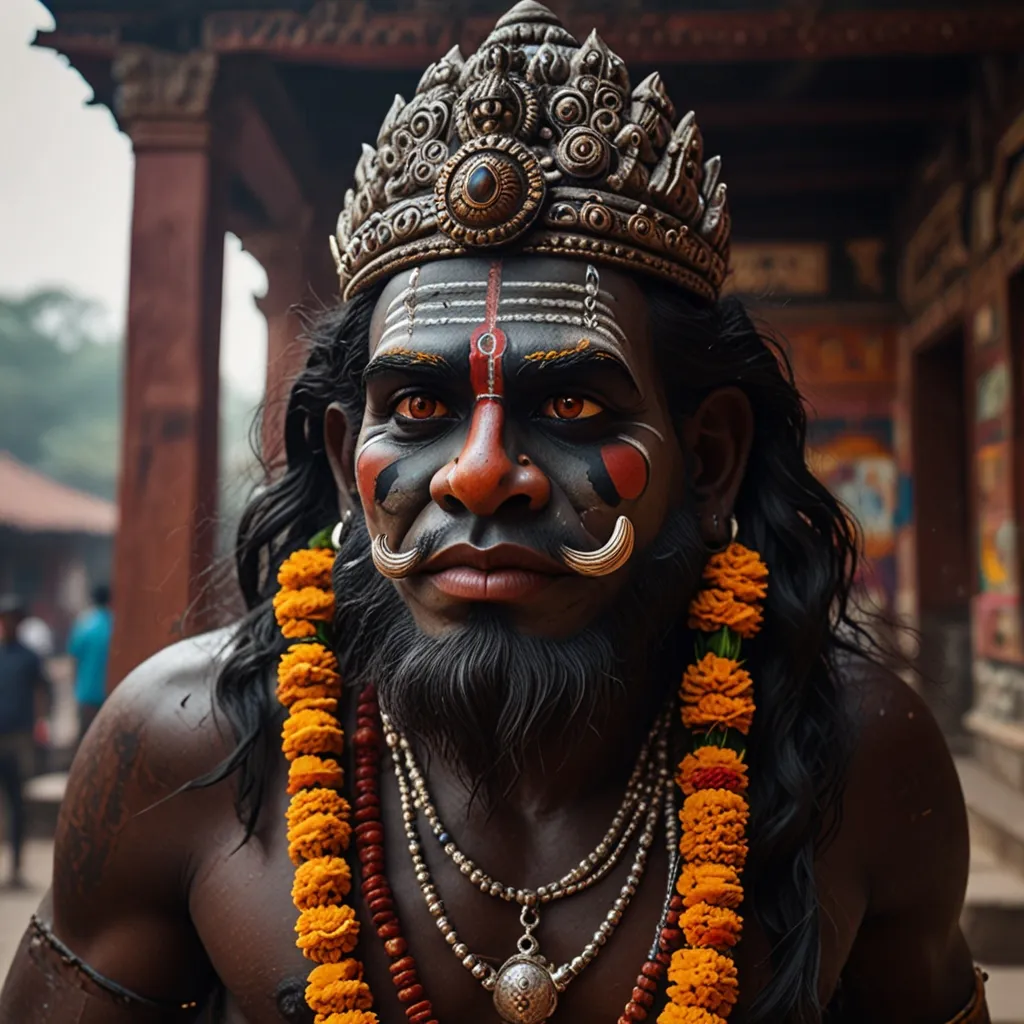In the wild world of Hindu mythology, Shiva is known as the universal powerhouse. Not just a destroyer, Shiva is all about that epic transformation and regeneration vibe. Hanging out with Brahma and Vishnu, they form this holy trio, the Trimurti, making sure life keeps spinning in its crazy cycle of creation, preservation, and destruction.
Shiva’s tale wouldn’t be complete without his soulmate, Parvati. A twisty love story—Parvati was once Sati, the daughter of Daksha, who wasn’t exactly Shiva’s biggest fan. Daksha threw a grand bash, snubbing Shiva from the guest list. Hurt and humiliated, Sati ended her life in the sacrificial fire. Shiva’s anger was off the charts – he sprang two fierce demons from his hair, Virabhadra and Rudrakali, who went on a rampage. In true mythic fashion, Shiva beheaded Daksha, but ultimately gave him a second chance at life with a ram’s head.
And then Sati reincarnated as Parvati and love found its way back. Their son Ganesha, created from earth and clay to guard Parvati, had quite the dramatic entry. Shiva, not recognizing Ganesha, accidentally beheaded him. Parvati’s heartbreak led Shiva to replace Ganesha’s head, giving him the iconic elephant look.
Shiva’s fierce power is legendary. Sporting a third eye that exudes wisdom and fiery destruction, even gods steer clear of his blazing gaze. Like when the love god Kama disrupted his zen mode – Shiva’s third eye flicked open and poof! Kama turned to ash. A little persuasion from Parvati later, and Kama was back on the scene.
Then there’s Nandi, Shiva’s loyal bull. Offered to calm Shiva’s rage after an incident with some troublesome cows, Nandi became a protectorate, gaining a special place at Shiva’s side and in the wider animal kingdom.
The Linga, Shiva’s symbol, is all about divine energy and fertility. After Sati’s death sent Shiva into a deep funk, leading to some sage drama and a curse on his manhood which caused chaos. Shiva’s advice? Worship the phallus as the Linga, marking it as a central worship element.
Shiva isn’t just ending life; he’s also smashing ignorance and ego. He embodies ultimate consciousness, guiding souls towards a higher state. His power’s so profound; his shrines often stand alone.
Picture him as the Lord of the Dance, stamping out human ignorance with every step. This cosmic choreography symbolizes creation and destruction in an endless dance of life and death.
The Ganges River flowing from his hair represents the ongoing stream of knowledge. The crescent moon on his locks highlights fertility and love’s nightly charm, symbolizing his connection with the cosmos.
Known as the Great Yogi, Shiva’s the go-to guru of transcendental reality, elucidating the world’s illusions. His many names reflect this complex nature: Mahadeva (Great God), Neelakanta (Blue-Throated One), and Trilokinatha (Lord of Three Realms), to name a few.
So, Shiva’s role as the Destroyer? It’s much more than just an endgame. It’s about renewal, ensuring the universe cycles back to life post-destruction. His stories and symbols guide millions, unraveling deeper cosmic wisdom and grounding us with intriguing insights.
